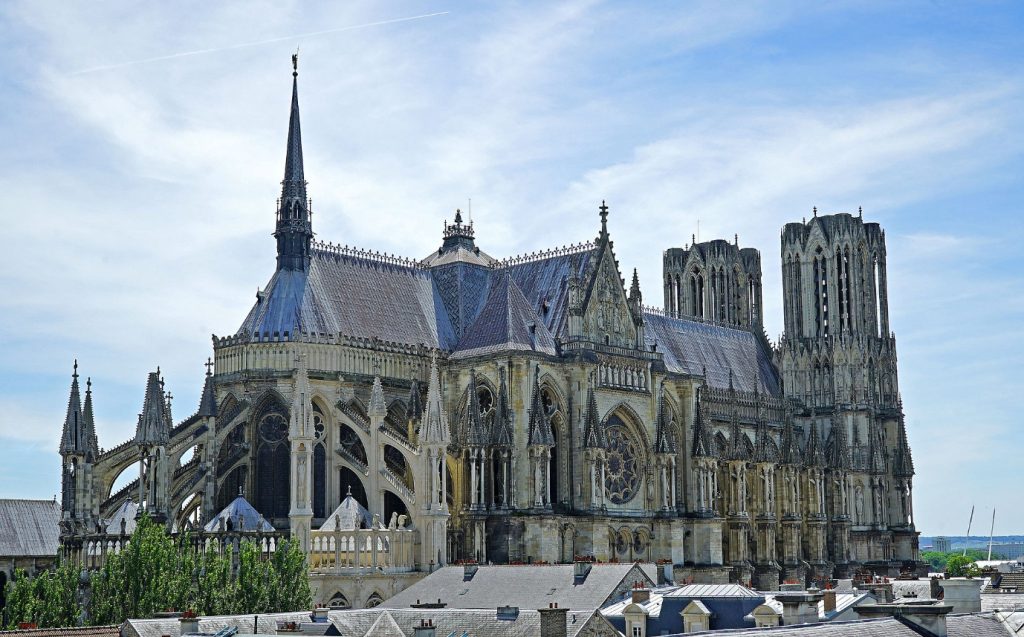Gothic architecture and Renaissance architecture are two important styles in the history of Western architecture, representing the art and ideas of the Middle Ages and the Renaissance respectively. Gothic architecture originated in France in the 12th century, emphasizing vertical and steeple-lined design, with typical features including pointed arches, flying buttresses, large stained glass windows and other elements. This style is common in churches and cathedrals in Europe, with representative works such as Notre Dame de Paris and Cologne Cathedral. Gothic architecture not only pursues the expression of height and light in structure, but also conveys an atmosphere of mystery and religious piety with its unique decorative techniques.
Unlike Gothic architecture, Renaissance architecture emphasizes classical symmetry and order, and is inspired by the architectural styles of ancient Greece and Rome. Italy from the 15th to the 16th century was the center of Renaissance architecture, and the architecture of this period focused on proportion, geometry and simple lines. Renaissance architecture reproduced the grandeur and elegance of classical architecture through elements such as round vaults and Corinthian columns. Representative works include Florence Cathedral of Santa Maria del Fiore and St. Peter’s Basilica in Rome.
Both the high pursuit of Gothic architecture and the return to classicism of Renaissance architecture have profoundly influenced the development of European architecture. In this process, the perfect human proportions and natural beauty displayed by Greek sculptures also became a model for Renaissance architects to follow, inspiring their pursuit of classical aesthetics.

